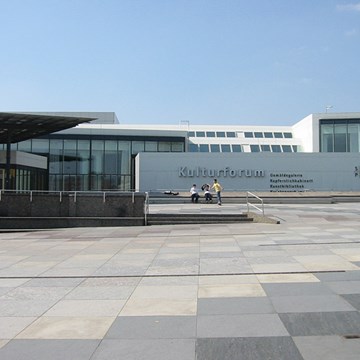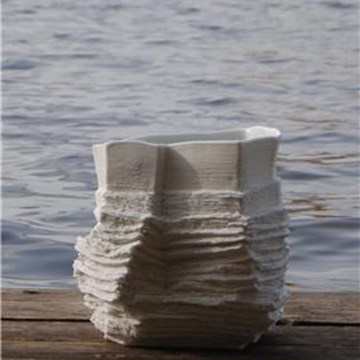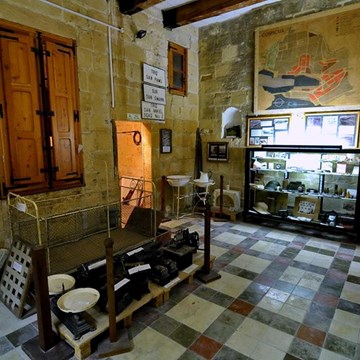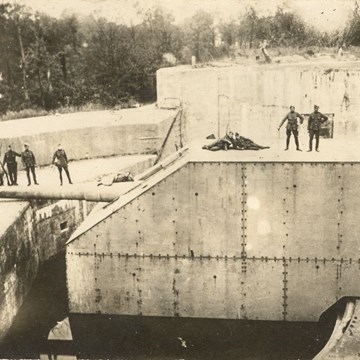Paintings on paper: watercolours in the collection of prints and drawings 1900-1950
The significance of the collection of prints and drawings in the Hungarian National Gallery, comprising over eighty thousand items, is less well known than it should be, as paper-based objects, which are very sensitive, cannot be on permanent display. The array of cabinets of prints and drawings has, for six consecutive years now, been an effort to change this, showing a half-yearly renewed selection to accompany the permanent exhibition of twentieth-century paintings and statues.
Watercolour, a technique requiring great manual dexterity and experience, is a kind of transition between drawing and painting. Watercolours are done in one sitting, using water soluble paint on paper. The line, which is the primary means of expression in drawings, is here replaced by patches of colour. Watercolour was at first chiefly employed to do preliminary studies or colour sketches for larger scale paintings and, less frequently, as a medium for landscapes and portraits. The technique came to be renewed in 18th century England, where pigments were used on wet paper, creating a glazed surface with the paper showing through. In the first half of the 19th century this manner of painting became widespread on the continent as well, becoming an independent creative medium in the late 19th century, sometimes combined with other techniques such as gouache, ink or tempera. Since then, watercolour as a painterly medium has been in competition with line drawing, virtually disappearing in periods when the line became more accentuated, while flourishing in others, like that between the two world wars.
Text source
Image source
Exhibitions and events
We don't have anything to show you here.
Activities from this museum
We don't have anything to show you here.










